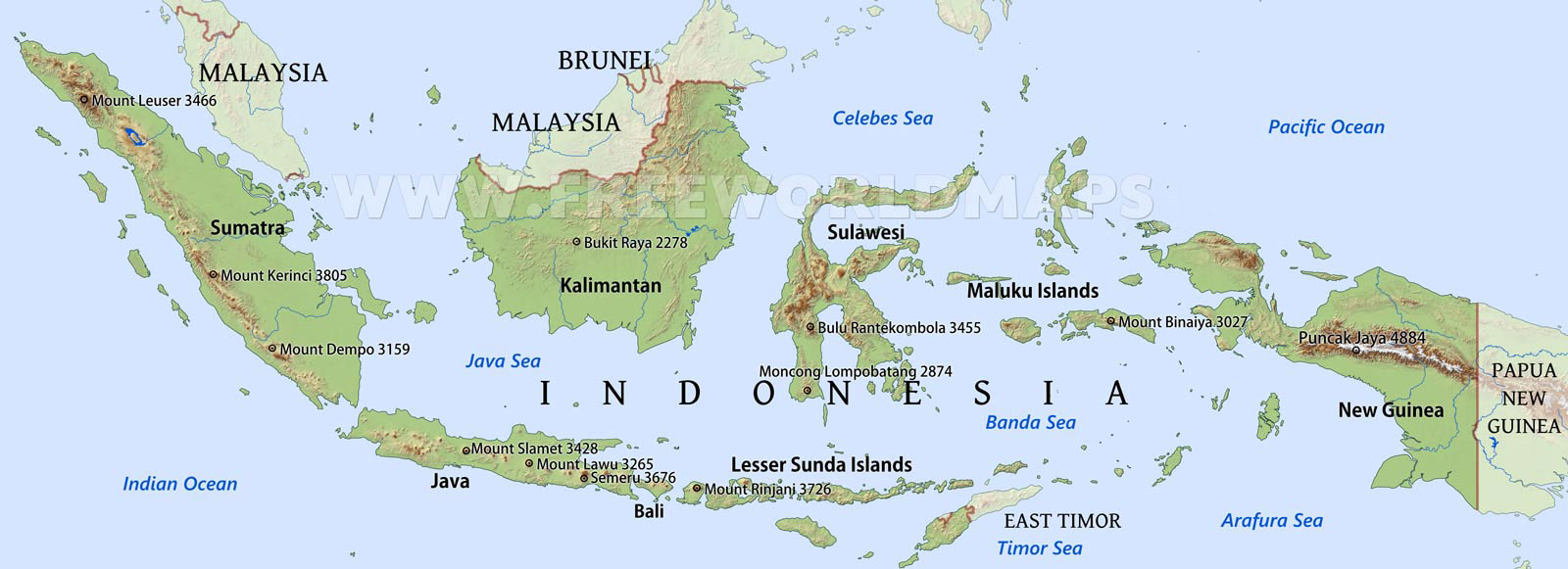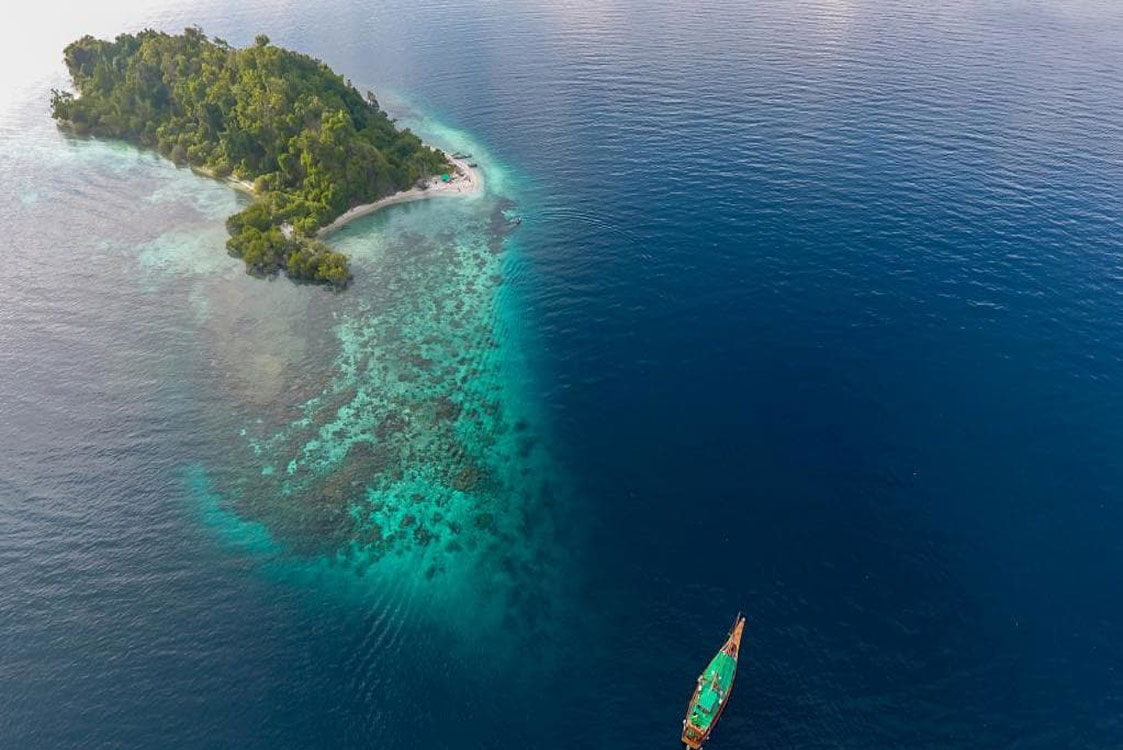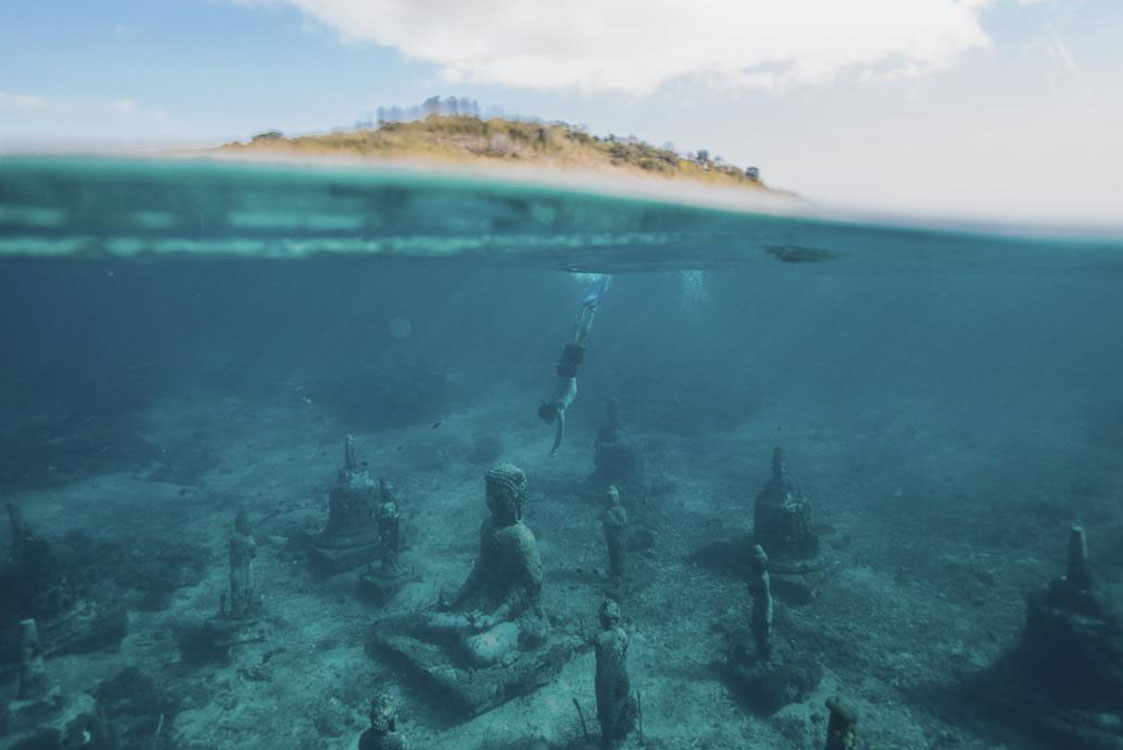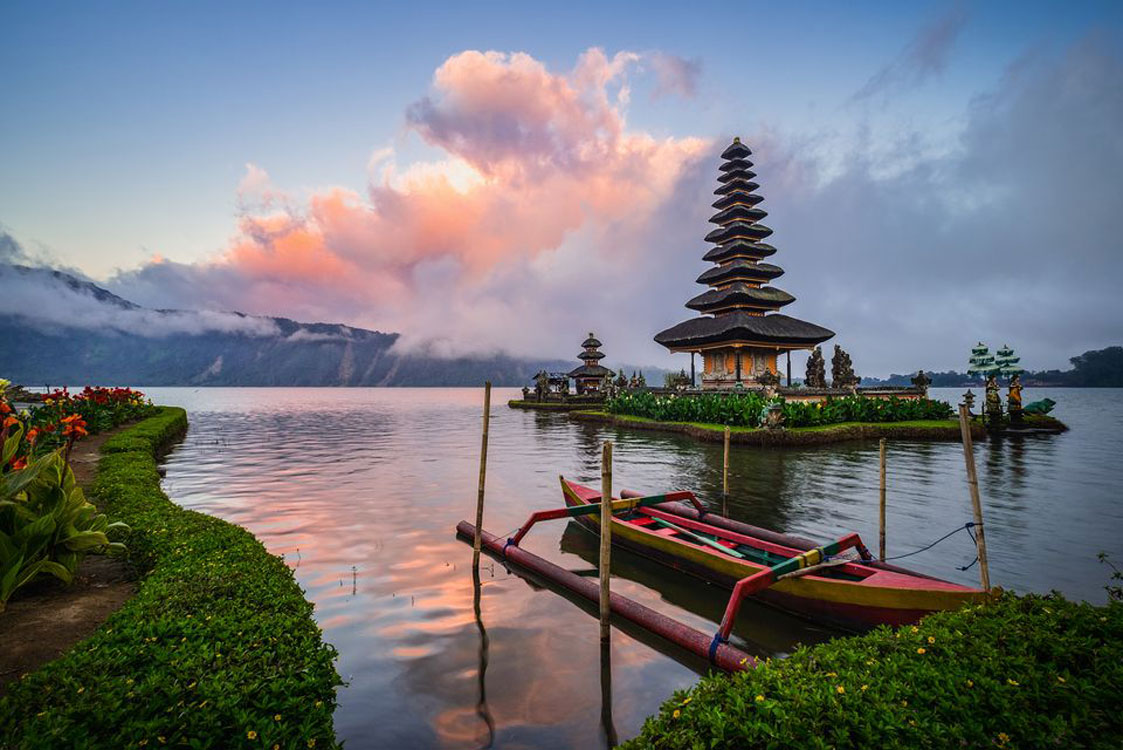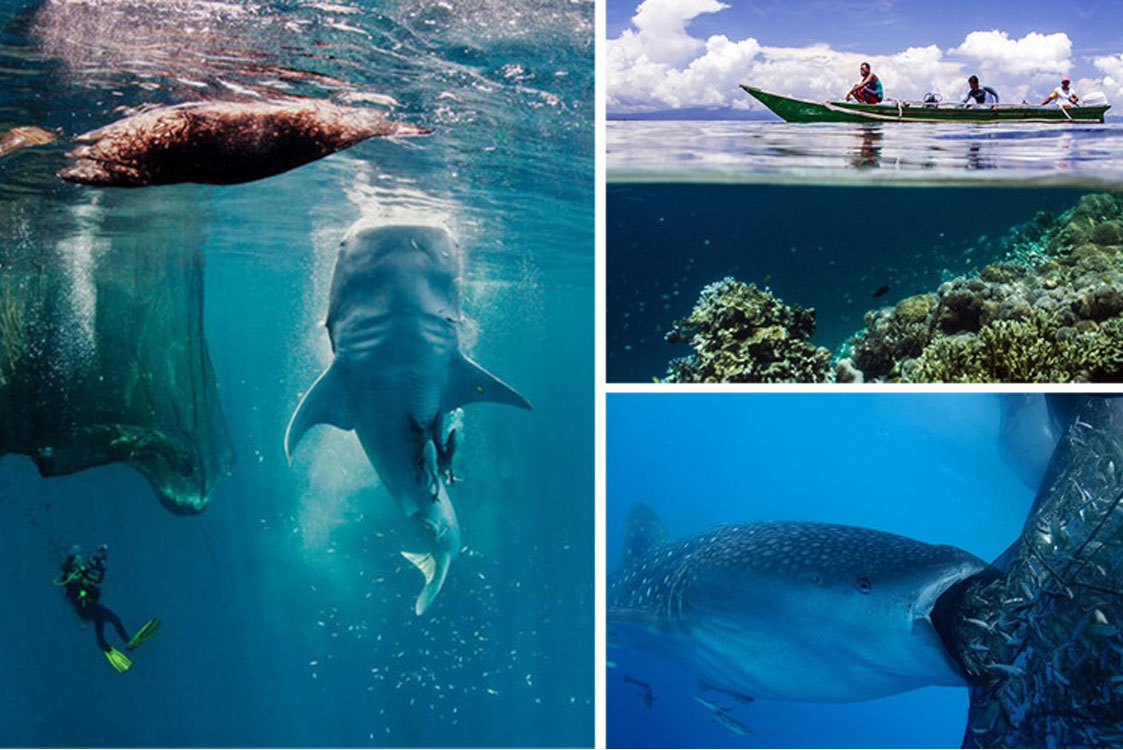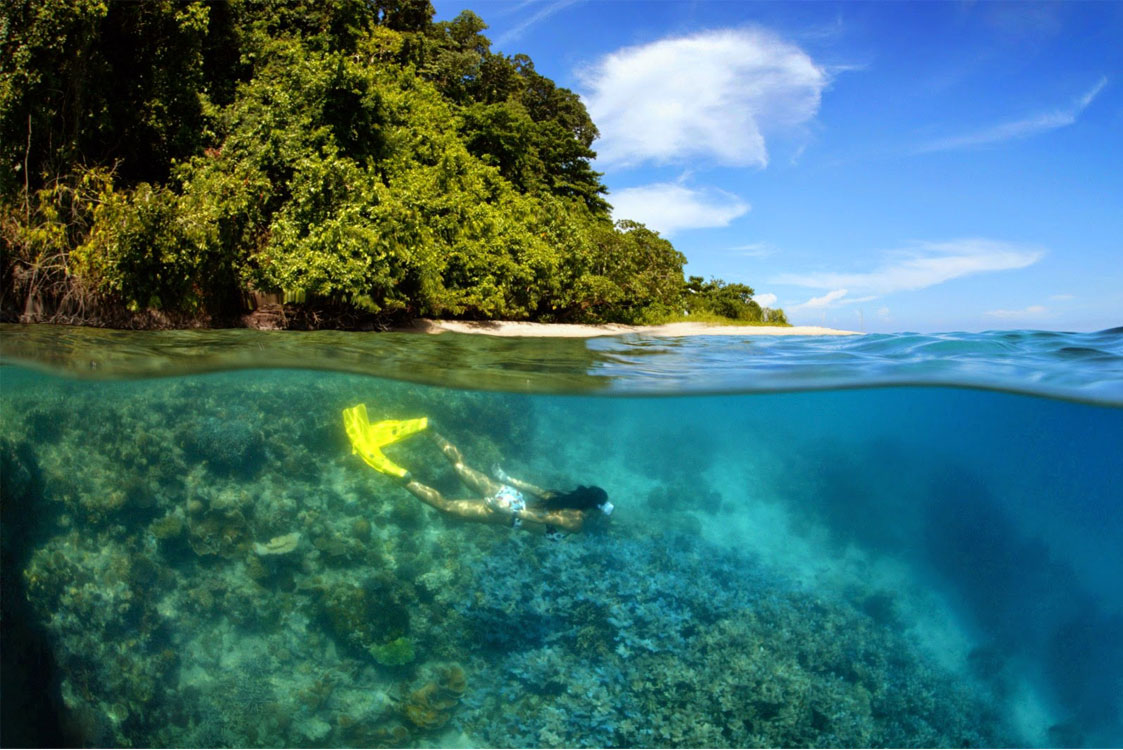About Indonesia
Facts and Info about the Indonesian Archipelago
Indonesia is often referred to as the world's largest archipelago, a name which aptly represents its 17,000 or so islands which span more than 5000 km (around 3,200 miles) eastward from Sabang in northern Sumatra to Merauke in Irian Jaya.
The islands of Indonesia, also known as the Indonesian archipelago and formerly known as the Indian archipelago, may refer either to the islands comprising the nation-state of Indonesia or to the geographical groups which include its islands. According to the Indonesian Coordinating Ministry for Maritime Affairs, of 17,504 officially listed islands within the territory of the Republic of Indonesia, 16,056 island names have been verified by the United Nations Group of Experts on Geographical Names (UNGEGN) as of July 2017
The exact number of islands comprising Indonesia varies among definitions and sources. According to a geospatial survey conducted between 2007 and 2010 by Badan Koordinasi Surveidan dan Pemetaan Nasional (the National Coordinating Agency for Survey and Mapping, Indonesia) has 13,466 islands. However, according to earlier survey in 2002 by National Institute of Aeronautics and Space (LAPAN), the Indonesian archipelago has 18,307 islands, and according to the CIA World Factbook, there are 17,508 islands. The discrepancy of the numbers of Indonesian islands was because that the earlier surveys include "tidal islands"; sandy cays and rocky reefs that appear during low tide and are submerged during high tide. According to estimates made by the government of Indonesia 8,844 islands have been named, with 922 of those permanently inhabited.
If you superimpose a map of Indonesia over one of Europe, you will find that it stretches from Ireland to Iran; compared to the United States, it covers the area from California to Bermuda.
There are eight major islands or island groups in this enormous chain. The largest landmasses consist of Sumatra, Java, Kalimantan (Borneo), Sulawesi (Celebes) and Irian Jaya (the western half of Papua New Guinea). The smaller islands fall into two main groups: the Molluccas to the northeast, and the lesser Sunda chain east of Bali. Bali is a unique island, which for a number of reasons can be put into a class of its own.
Mountain lovers will find plenty to enjoy in Indonesia. A great volcano chain, the Bukit Barisan, runs the entire length of Sumatra. On the West Coast, the mountains fall abruptly to the sea, while to the east they ease gradually down to plains in a broad fringe of coastal mangroves. Vegetation-clad volcanoes also rise dramatically from the sea at Banda, Ternate and Makian. Many of the volcanoes are still active, constantly smoldering and occasionally erupting violently, though geological stations monitor the active ones constantly and give warning if they are unsafe to climb. Mount Merapi in Central Java is a favorite for climbers, despite being one of the most active on the archipelago.
Mountain lakes are also abundant in dormant craters of many volcanoes, the most famous of these being lake Toba in the northern highlands of Sumatra. This mountain lake covers an area four times the size of Singapore. In Kalimantan, waterborne transportation moves cargo and passengers up and down the major rivers: Mahakam, Barito, Kahayan and Kapuas. The mountainous island of Flores is famous for its multi-colored volcanic lakes, known as Keli Mutu. The three lakes are in a close group and range from dark red to turquoise.
Located between two distinct bio-geographic groups - Asia and Australia - the flora and fauna of the archipelago is also quite idiosyncratic. Species found nowhere else on earth have flourished in certain areas, including the famous Komodo dragon on the island of the same name. Also in abundance are rare flowers, including exotic orchids, unusual insects, birds of paradise and numerous indigenous spices such as cloves, nutmeg cinnamon, mace and many more
